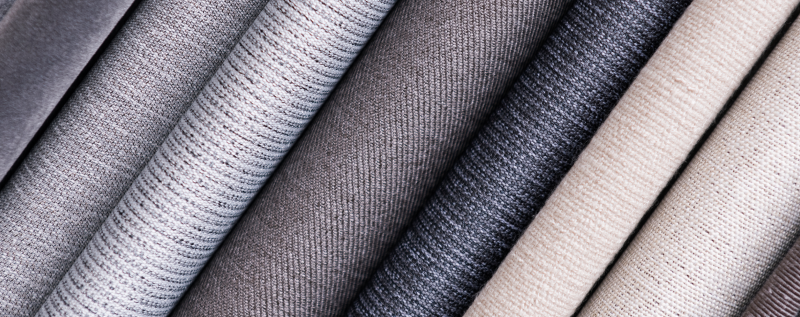Fabric quality control is important to any textile importer. Conducting a fabric inspection includes checking the quality and specifications of the fabric used for making garments and ensuring it meets the market standards and regulations. One of the essential methods of fabric quality control is the GSM test. But what is it and why is it important in Fabric Quality Control?
What is GSM test in Fabric?
GSM stands for grams per square meter (g/m2), which measures the weight of a fabric. GSM tests can help buyers determine the fabric’s quality and performance to choose the suitable fabric before bulk production.
How to perform a GSM test?
You need two GSM test tools: a GSM cutter and an electronic balance. A GSM cutter is a device that cuts out circular samples of 100 square centimeters from the fabric. An electronic balance is a device that weighs the samples in grams.
You must cut out ten samples from different fabric parts and weigh them individually. Then, you need to add up the weights of all the samples and divide by 10 to get the average weight.
For example, let’s say you have a cotton fabric and cut out ten circles. You weigh each circle and write down the weights. The weights are 12, 13, 14, 15, 16, 17, 18, 19, 20 and 21 grams. Add all the weights and divide by 10 to find the average weight. The calculation is:
(12+13+14+15+16+17+18+19+20+21)/10 = 16.5
The average weight is 16.5 grams. This means that the GSM of the cotton fabric is 16.5 grams per square meter.
Why is the GSM test important in fabric quality control?

This test is vital for fabric quality control for several reasons.
One, it can help check if the fabric meets the buyer’s or the manufacturer’s weight requirements. Different materials have different weight ranges for other purposes. For example, a light-weight fabric may have a GSM of around 50-100 g/m2, while a heavy-weight fabric may have a GSM of about 300-400 g/m2. You should ensure that the fabric meets the weight requirements. Otherwise, it will affect the quality of the final product.
Two, this test allows you to check if the fabric has consistent weight throughout its surface or if there are any variations or irregularities. Fabric weight can tell you if the fabric is good or bad. If the fabric weight is not the same or even, it may have some problems, like holes, tears, stains, etc. These problems can make the final product look bad or not work well.
Three, you will know if the fabric has been affected by moisture or humidity during storage or transportation. Moisture or humidity can make fabric samples heavier by absorbing water from the air. This can increase the GSM of the fabric temporarily. Therefore, it is important to test fabric samples under controlled atmospheric conditions or use a moisture analyzer to remove the water content before weighing.
Finally, you will understand the differences between different batches or lots of fabric. Different batches or lots of fabric may have different GSM values due to variations in production processes, raw materials, dyeing methods, etc. These differences can make the final product not good or not the same.
Conclusion: What is GSM Test in Fabric Quality Control?
You need to do a GSM test to check the fabric quality when you inspect the raw material for garment making. This test can help you ensure the fabric is good and right before producing the product in bulk. If you need professional Fabric Inspection service, contact VIS Quality Control today!



Related Posts